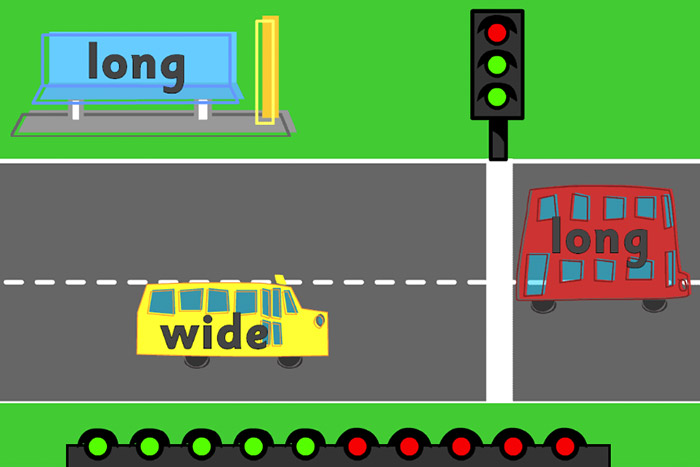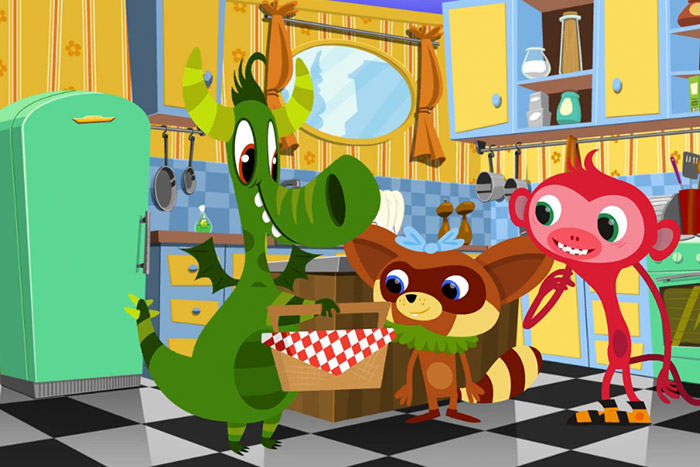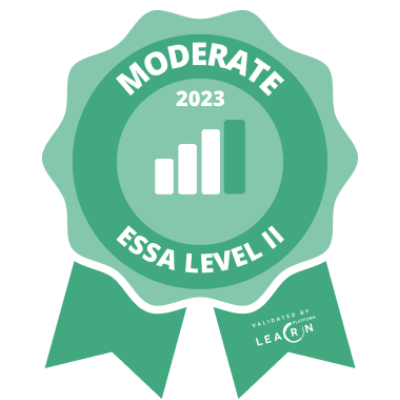Kindergarten Math

Teaching kindergarten math can be a fun and highly rewarding experience. With a bit of creativity and the right technology, you can boost students' engagement, motivation, and confidence with ease.
For young learners in that crucial first year of schooling, learning math involves more than just workbooks and printouts. Children in kindergarten will begin to understand symbols and abstract concepts after being engaged on a concrete level—touching real objects, experimenting, and making observations.
To introduce kindergarteners to the wonderful world of math, it's a great idea to incorporate hands-on craft activities, fun and interesting experiments, and interactive activities that are specifically designed for their unique learning needs.
Using Mathseeds will ensure your kindergarten students are learning at their own pace with child‑friendly activities that are highly engaging and help children to link math to their everyday experiences.
Are you a teacher who hasn't tried Mathseeds yet? Start a free trial of Mathseeds for your school here.
Kindergarten Math Worksheets and Lesson Plans
Supplementing the exercises and strategies below with print‑based resources is an effective way to reinforce students' skills and understanding.
Each lesson in Mathseeds includes a corresponding lesson plan and set of worksheets (browse some sample worksheets here). This saves you time searching for additional print resources and planning lessons that meet state standards. Mathseeds also includes a curriculum matrix to show you how each lesson in the program aligns to standards.
Click here to go to your Teacher Toolkit and browse a huge range of kindergarten worksheets, classroom posters, big books, and lesson plans. New customers can access this by signing up for a free trial.
Lessons 1–50 in Mathseeds are specifically designed for kindergarten students. These lessons cover counting, basic addition, measurement, shapes and more. See how it works.
Kindergarten Math Strategies & Exercises
Counting
Mathematics starts with counting. Our number system is based on tens, so the ten frame is a great visual tool for teaching kindergarteners how to count to 10 and develop number sense.
Give each pair of students a laminated board with 10 squares on it, a die, and 10 counters. Ask one person to roll the die and count that many counters onto the ten frame. The other person guesses how many counters will fill the ten frame, then counts out that many to see if they are right.
Another activity involves giving students a card which has 'More than 5' written on one side and 'Less than 5' on the other. Hold up pictures of ten frames filled from 1–10 and ask the class to show the matching side of their card. After a while, begin to give them just a quick look to encourage subitizing.
Measuring length
An understanding of measurement begins with comparisons: which item is short? Which is long? Which object is the longest? Which is shortest?
Give each pair of students a piece of paper divided in half. Ask them to think of things that are short and long. Each pair should write a list for each and discuss the suggestions. Each student will then illustrate one example and the pictures are put together to make a class book about long and short.
Another game involves placing three hats on the floor with the labels 'short', 'long', and 'tall'. Discuss the difference between long and tall (horizontal vs. vertical). Have a set of pictures of items that are short, long, or tall. Each student chooses one and works out which hat it must go in.
Basic addition
A great starting point is to explain that addition is a natural extension of counting, but instead of counting one group of items, students combine two groups and count.
Show students that they already do addition—they add groups of pencils; they add up money for the grocery store; they add groups of children for sport.
One exercise you can do starts by giving each student a dot pattern from 1 to 4. Ask them to find a partner to make a total of 5 and sit together. Then have them draw their two dot patterns on a domino shaped card and fill in the equation □ + □ = □.
Shapes
Identifying and learning shapes begins with naming and sorting objects in the environment—triangles, squares, rectangles, and circles. Give students opportunities to do this on a regular basis.
You can place two hats on the floor with the labels 'straight' and 'curved'. Have a set of pictures of shapes and lines, e.g. zigzag and curvy. Each student chooses one picture and works out which hat it must go in.
Another exercise involves giving each student half of a shape and color pattern. Give them a time limit to find the person who has the other half and sit together. Then ask them to draw and color that shape/pattern in their book or on paper.
Set the Mathseeds placement test so each student learns at the right level

Each student learns at his or her own pace, and it's especially important to accommodate this right from the start in kindergarten.
Use technology that supports individualized learning in the classroom to make sure none of your students are falling behind. Before they start the lessons in Mathseeds, make sure they sit the placement test. This is a short quiz that will assess their math knowledge and accurately place them on the right lesson for their ability.
Bring your classroom to life with colorful math posters
Students in kindergarten need to start building their math vocabulary in order to express their understanding of key concepts. A good and simple way to make math an everyday part of students’ experience is by surrounding them with colorful visual representations of different math concepts and vocabulary.
Browse full-color, printable math posters in Mathseeds here. These include shapes, more than and less than, 1 to 20, length, half, numbers to 1, numbers to 20, zero, seasons, calendar, color patterns, shape patterns, and much more.
Sample math posters can be found here.
Use big books to teach kindergarten math concepts through stories
Math picture books can make learning fun and relatable for kindergarteners. Funny and interesting stories draw children in and make even the most reluctant learners more receptive to exploring new concepts. Browse hundreds of digital big books that teach early math skills for kindergarten here.
Use the Whiteboard to show videos specifically designed for kindergarteners

Mathseeds has hundreds of instructional videos, catchy songs, and characters to talk students through new math concepts. You can show these videos in class using the Whiteboard and pause and rewind whenever you need.
After showing videos to introduce new math concepts, you can have students complete the corresponding lesson on a computer, in class or at home. You’ll be able to view instant reports on student progress and assess their knowledge later on using the standards-based Driving Tests.




